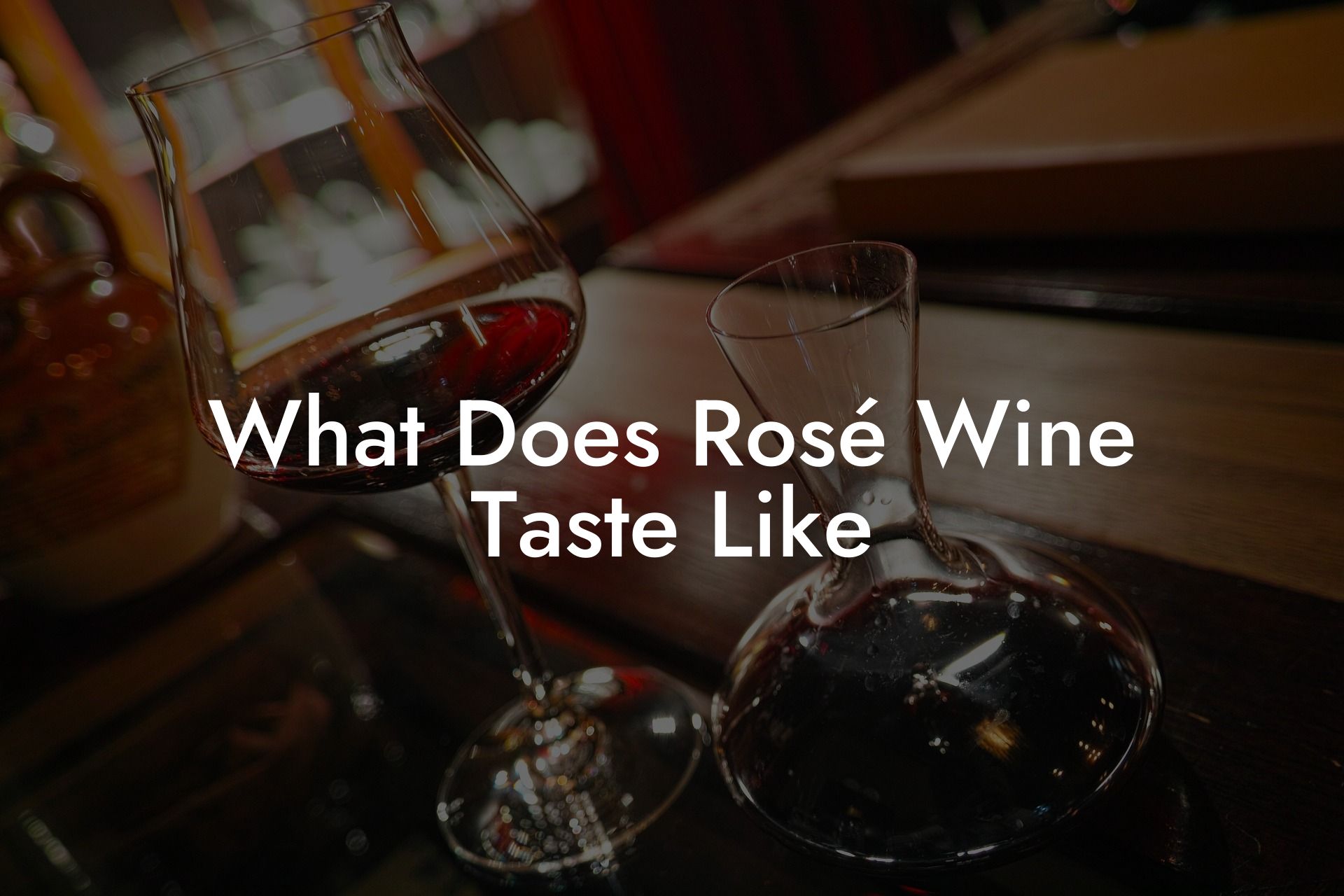What's pink, perfect for a summer day, and has a taste that's just as intriguing as its vibrant hue? That's right, we're talking about Rosé wine! If you're new to the world of wine and curious to learn more about this intriguing style, you've come to the right place. In this article, we're going to take a deep dive into the flavor profiles that make Rosé wine such a versatile and beloved choice for wine enthusiasts.
What Does Rosé Wine Taste Like Table of Contents
Rosé Wine Origins
Rosé wines are made from various grape varieties and can be produced in different regions throughout the world. Commonly associated with France, particularly the Provence region, Rosé wines are also produced in Italy, Spain, California, and beyond. The color of a Rosé wine can range from a pale pink hue to a darker shade reminiscent of red wines, all depending on the grape varieties used and the winemaking process.
Winemaking Techniques for Rosé
There are three primary techniques for making Rosé wine: skin contact, saignée, and blending.
Do You Want to Win a Free Bottle of Wine?
Don't miss out on the opportunity to win a free bottle of wine every week.
Enter our weekly prize draw today!
Skin Contact
When making a Rosé wine through skin contact, red grapes are crushed, and the juice is left in contact with the grape skins for a short period, usually between 12 and 48 hours. During this time, the color from grape skins is transferred to the juice, resulting in the signature pink hue.
Saignée
The saignée method is a byproduct of red wine production. As red wine is being made, a portion of the juice is "bled off" at an early stage. This juice is then fermented separately to produce Rosé wine.
Blending
Blending is the process of mixing red and white wines to create a Rosé. This method is less common than the other two techniques and is primarily used for sparkling Rosé wines, such as Champagne.
Flavor Profiles of Rosé Wine
The taste of Rosé wine can vary depending on factors such as the grape varieties, region, and winemaking technique. However, some general flavor profiles are often associated with Rosé wines, including:
- Fruit flavors, including strawberries, raspberries, cherries, and citrus
- Floral notes, such as rose petals, violets, and hibiscus
- Mineral and herbaceous components, often found in Old World Rosé wines
- Spice notes, like white pepper and cinnamon, particularly in darker-hued Rosés
Rosé wines can range from bone-dry to slightly sweet and can have varying acidity levels, which can significantly influence the overall taste.
What Does Rosé Wine Taste Like Example:
Imagine you're sitting in a cozy, sunlit courtyard in the Provence region of France, sipping on a perfectly chilled glass of Rosé. The wine's color is a pale pink, reminiscent of a delicate sunset. As you take a sip, your taste buds are greeted by bright, juicy flavors of ripe strawberries and red cherries. Hints of rose petals and underlying minerality add to the wine's complexity. Balanced acidity gives the wine a refreshing crispness that leaves you reaching for another sip.
Now that you've got a better understanding of the diverse and enchanting world of Rosé wines, why not explore further with Black Wine Club? Join us as we continue our journey through the vibrant world of wine, sharing articles, hosting tastings, and featuring incredible live electronic music events. Want to share the "rosy" love? Don't forget to share this article with fellow wine enthusiasts and friends who may be eager to learn more about the captivating flavors of Rosé wine. Cheers to expanding our palates and discovering new wines together!
Do You Want to Win a Free Bottle of Wine?
Don't miss out on the opportunity to win a free bottle of wine every week.
Enter our weekly prize draw today!












